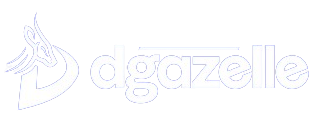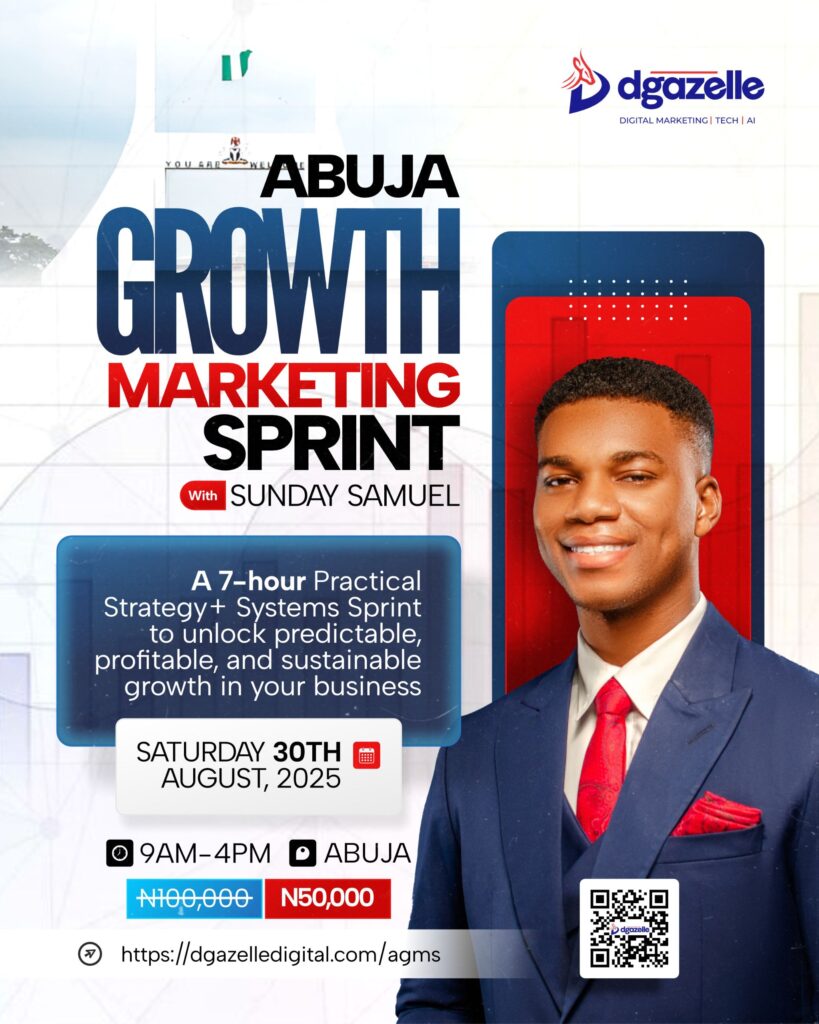You’re a digital course creator. You launched your business because you had a message, a method, or a mastery you knew others needed.
But somewhere between running ads, building funnels, posting on social media, responding to DMs, setting up email campaigns, updating your course, managing refunds, hosting webinars, collecting testimonials, and, oh yes—trying to live your life—you started asking:
“Is this business running me… or am I running it?”
I’ve met thousands of brilliant entrepreneurs just like you—driven, creative, and absolutely burnt out. You didn’t sign up for this chaos. You signed up for freedom. Impact. Income. Yet now, you find yourself stuck in the weeds of your business, exhausted and on the verge of calling it quits.
If that’s you, you’re not alone.
And the good news? You don’t need more hours in the day.
You need automation.
But not just “any” automation.
You need strategic structure built on systems that work for you—so you can scale your digital course empire without becoming a slave to it.
Let’s talk about how to make that happen.
The Real Reason You’re Overwhelmed (And Why It’s Not Your Fault)
You’re doing too much manually.
Most digital course creators are visionaries—they have an incredible ability to teach, create, and inspire. But they get stuck trying to do everything by themselves.
Maybe that’s you.
👉 You’re the content creator, tech expert, marketing strategist, community manager, customer support, AND the CEO.
It’s like trying to fly a jet while building it mid-air.
Here’s the truth:
> If your business depends entirely on your manual effort to function, it’s not a business—it’s a job. And a stressful one at that.
What you need is a system, not more hustle.
You need to step out of the technician role and into the true CEO role.
And that starts with automating and structuring your business like a real enterprise—one that can run even when you’re not glued to your screen.
3 Reasons Why You Should Automate your business (Right Now)
Let’s break this down with brutal honesty.
1. Your Time Is Your Most Expensive Asset
Every minute you spend on repetitive tasks—emailing links, updating spreadsheets, chasing leads—is time stolen from high-value activities like strategy, partnerships, and innovation.
Automation gives you your time back.
Imagine waking up and seeing new leads added to your email list, payment notifications from your course sales, and a welcome email already sent to each buyer—all while you were sleeping.
That’s not a fantasy. That’s what automation does.
2. Manual Processes Kill Your Customer Experience
Your students expect a seamless experience. If they have to wait 3 hours for a login email because you’re busy posting on Instagram, you’re damaging trust.
Automated workflows ensure consistency, speed, and a smooth learning journey. From onboarding to email nurture to reminders and upsells—it’s all handled without you lifting a finger.
Great customer experience = more referrals, more testimonials, and more profit.
3. You Cannot Scale What Isn’t Systemized
You want to reach more people, sell more courses, create new offers, and maybe even build a team.
But here’s the hard truth:
> You can’t scale chaos.
Now, let’s talk about how to make that happen.
The 5-Part Blueprint to Structuring and Automating Your Course Business
Here’s the simplified version of what I do for my client who is ready to scale with sanity:
1. Clarify Customer Journey
Before you automate anything, you need to map the experience your customer goes through—from stranger to buyer to raving fan.
Ask yourself:
- How do they find me?
- What do they need to see before they buy?
- How is the course delivered?
- What happens after purchase?
Every automation you build should enhance this journey.
2. Build a Lean Tech Stack
You don’t need 17 tools. You need a smart, simplified setup that works well together.
Start with:
- Lead generation: ConvertBox, LeadPages, or your landing page tool
- CRM + Email: ActiveCampaign, ConvertKit, or MailerLite
- Course hosting: Kajabi, Thinkific, or Teachable
- Automation tool: Zapier or Make.com
Integrate everything so that once a lead opts in or buys, the journey flows automatically—from emails to course access.
3. Automate Your Marketing Funnel
This is where the money is.
Set up an automated funnel that nurtures leads, handles objections, and sells your course—even while you sleep.
It can be as simple as:
- A lead magnet (PDF, checklist, mini-course)
- Email nurture sequence (5–7 value-packed emails)
- Automated webinar or sales video
- Call-to-action (to buy the course or book a call)
Every touchpoint can (and should) be automated.
4. Delegate and Document
Automation isn’t just about tech—it’s about removing you from the bottlenecks.
Start documenting your processes: how you onboard students, how you launch, and how you reply to FAQs.
Use tools like Notion, Loom, or Google Docs to create SOPs (Standard Operating Procedures). Then delegate to a VA or automation platform.
5. Monitor and Optimize
Automation isn’t “set and forget”. It’s “set and improve”.
Check your open rates, completion rates, and refund rates. See where people drop off in the funnel. Use data to optimise.
Because what gets measured gets managed.
Now
Let me ask you this:
Do you want to keep working 12-hour days just to stay afloat?
Or do you want to wake up to a business that runs—even grows—without your constant input?
Most course creators never make it to true freedom because they refuse to let go.
They try to hold everything together with duct tape and sheer willpower.
That’s not scalable. That’s not sustainable.
Automation and structure are not “luxuries”—they are requirements for the next level.
If you’re tired of spinning your wheels and want to build a course business that feels like freedom, not a full-time grind…
It’s time to get out of your own way.
It’s time to automate.
Want Help Implementing All This?
If you’re serious about scaling your digital course business without burnout and you’re ready to build the systems that give you freedom…
Then book a call with Dgazelle Agency. We’ll show you exactly what to automate, what to eliminate, and how to scale with structure. Click here
It has worked for our clients; it’ll work for you too
Because freedom isn’t found in doing everything—it’s found in doing the right things… once.
Contact us today to get started







